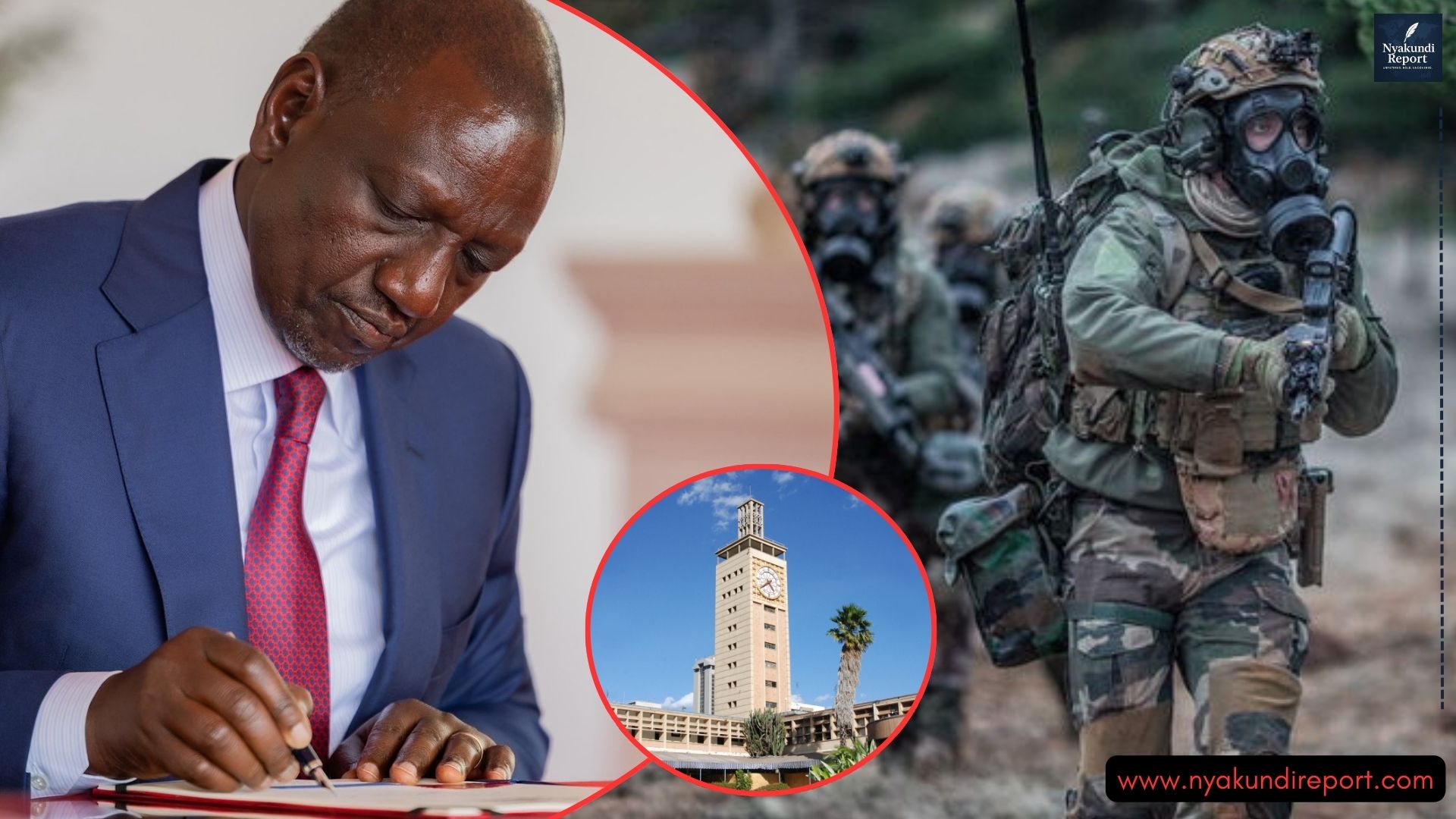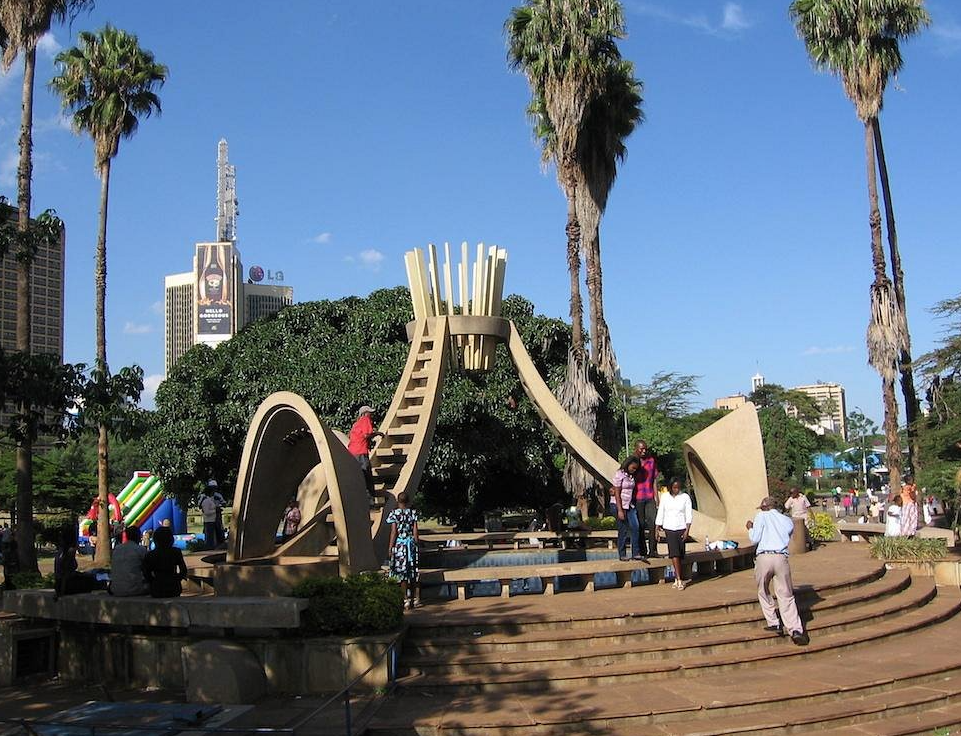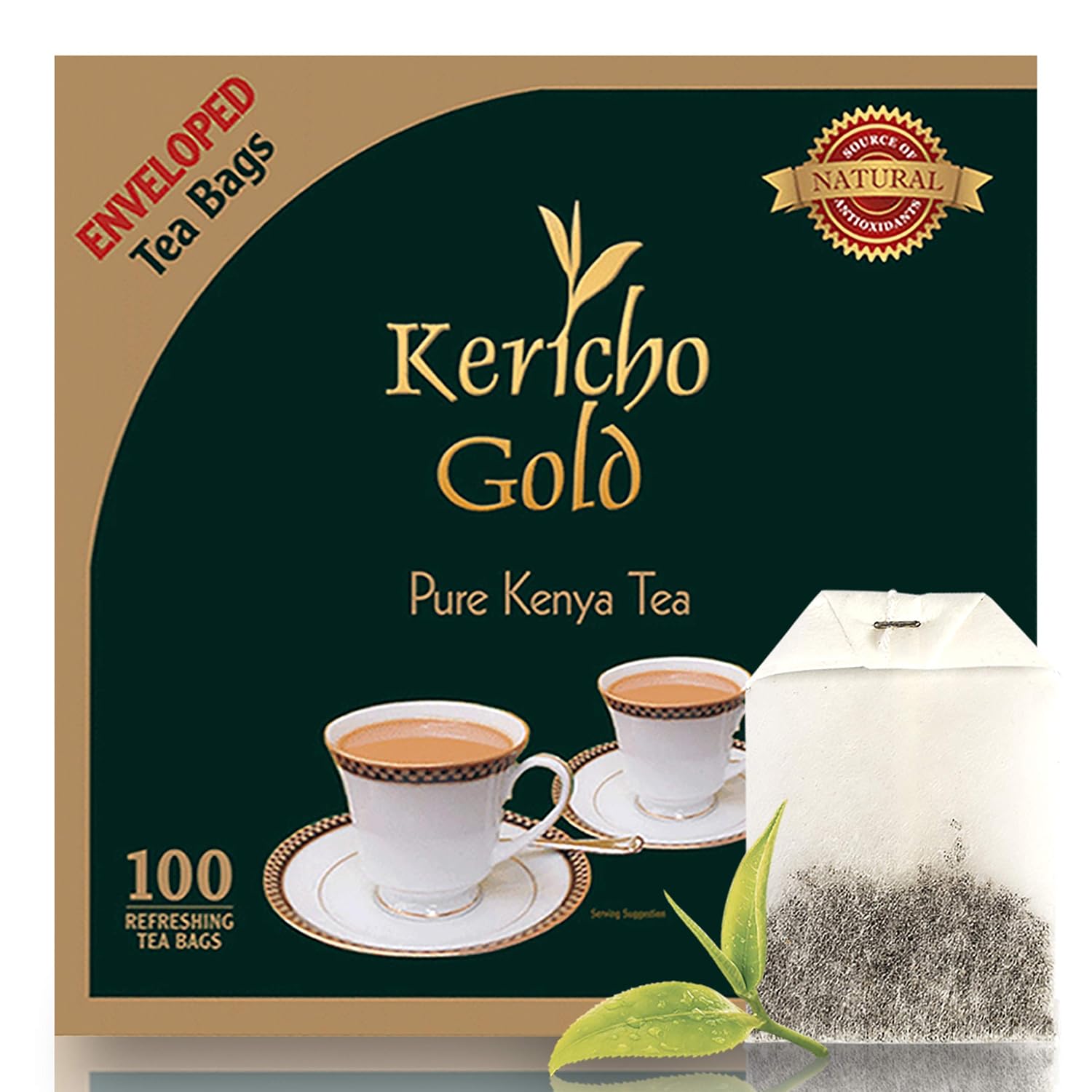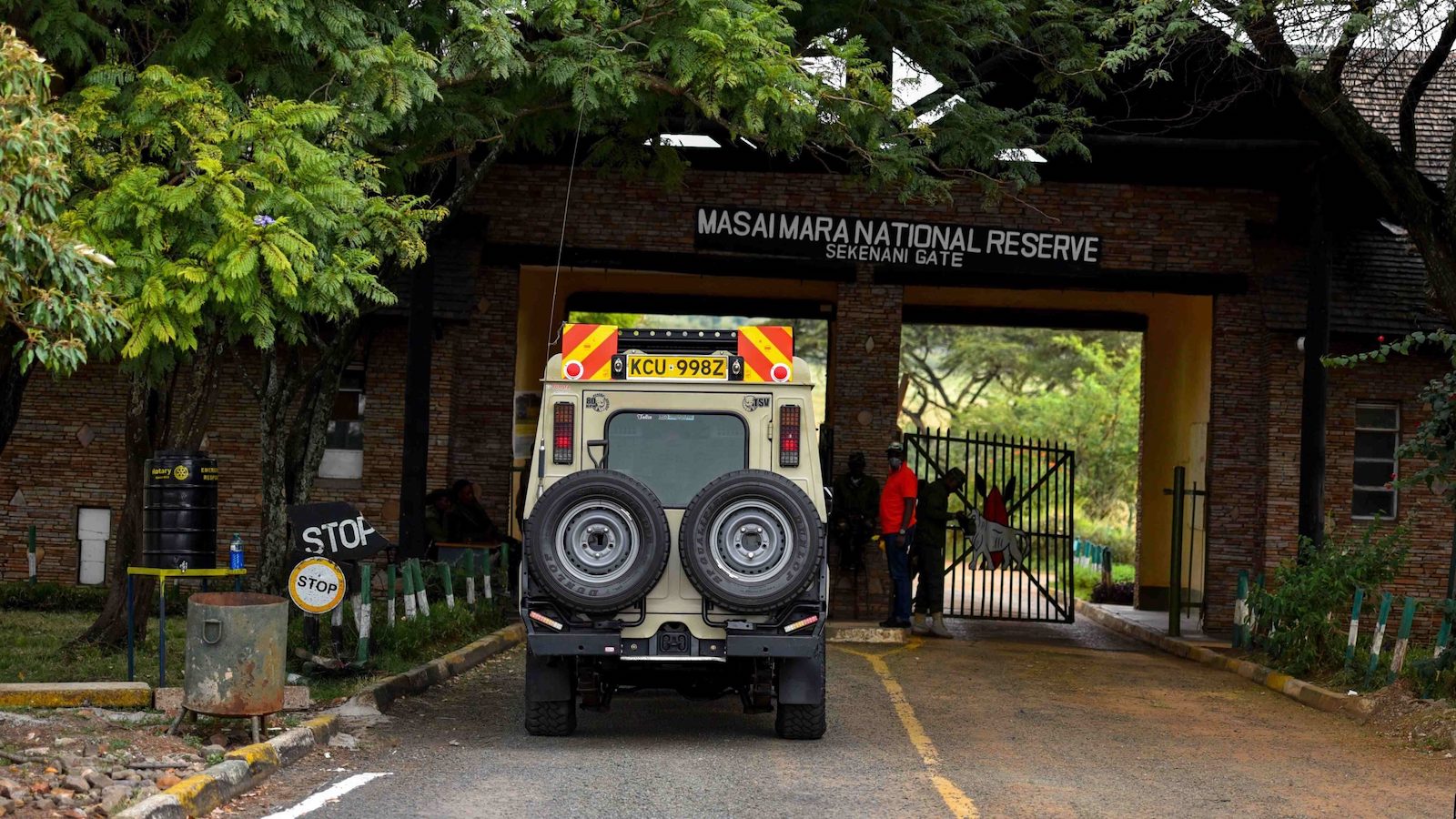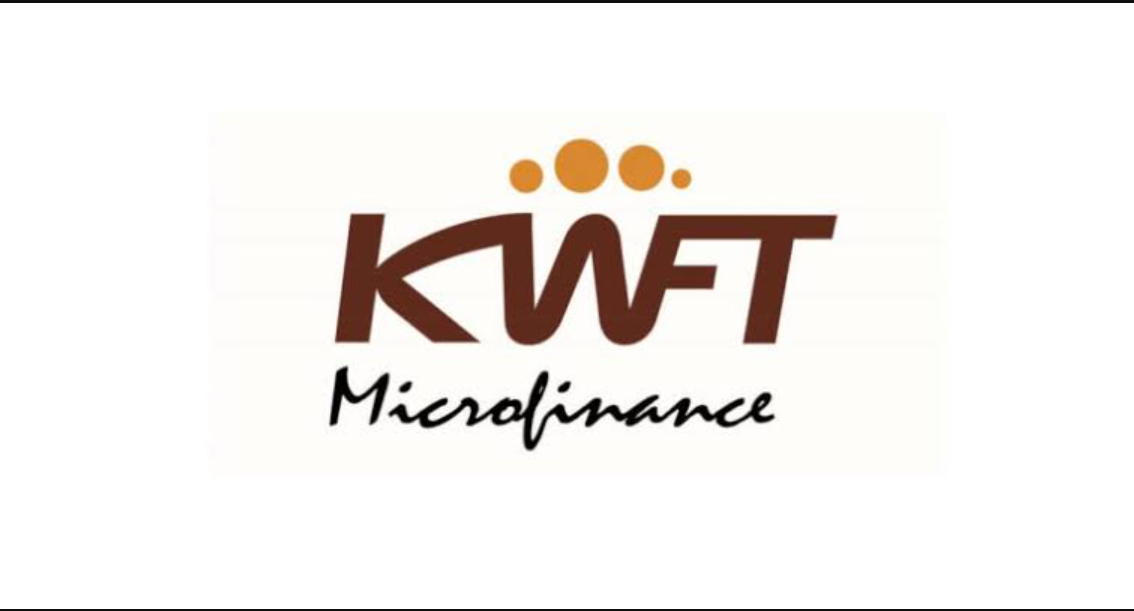Maize farming in Kenya is one of the most rewarding agricultural activities. It feeds millions of Kenyans daily and offers a steady income to both small- and large-scale farmers.
Whether you want to grow it for food or sell it, maize is a reliable crop. Every part of the maize plant is useful—from the grains to the stalks and leaves.
This guide provides a comprehensive overview of maize farming in Kenya, broken down into simple, step-by-step instructions.

Understanding Maize Farming In Kenya
Maize, also called corn, is grown all over Kenya. It is a key ingredient in ugali, githeri, and animal feed. Kenyan farmers grow different varieties of maize depending on climate, soil type, and region.
These include hybrid types, local breeds, Katumani for dry areas, and Coast composite maize for coastal regions. With the right practices, a farmer can get high yields and profits.
Best Ecological Conditions for Maize Farming In Kenya
To succeed in maize farming, the land and climate must support the crop. Maize does best under the following conditions:
- Temperature between 15°C to 30°C
- Well-distributed rainfall throughout the growing season
- Altitude between 100 and 2,900 metres above sea level
- Well-drained loam or alluvial soils
- Soil pH between 5.5 and 7.0
These conditions help the maize plant grow healthy roots and produce large, full cobs.
Land Preparation Tips for Maize Farmers
Start preparing your land early, before the rains begin. Plough the soil deeply to turn over weeds and old crop remains. Spray the area with a herbicide like Catapult to kill remaining weeds. Then, level the land and break up large soil clumps to create a fine tilth.
To boost fertility, mix the soil with well-rotted manure or compost. You can also add DAP fertilizer, which is rich in phosphorus and good for root development.
Planting Maize the Right Way
Use direct seeding for maize planting. As soon as the rains begin, make holes spaced 90cm between rows and 30cm between plants. Place two seeds in each hole.
At planting, add one teaspoon of DAP fertilizer per hole. Cover the seeds with loose soil to allow easy germination.
Early planting gives your maize a head start, helping it grow strong before weeds or pests take over.
Important Farm Practices for Better Yield
Thinning
When seedlings reach 15cm tall, remove the weaker ones. This helps the healthy plants get more space, water, and nutrients.
Gapping
Replace any missing plants caused by poor germination. Gapping ensures even growth and avoids yield losses.
Top Dressing
After 2–3 weeks, apply CAN fertilizer at the base of each plant. CAN adds nitrogen to the soil, which helps the plant grow greener and stronger.
Weeding
Keep your field weed-free. Weeds compete with maize for water and nutrients and can also attract pests and diseases. Weed your farm regularly to increase productivity.
Controlling Maize Pests and Diseases
Pests are a major threat to maize farming in Kenya. Watch out for:
- Aphids – These suck plant sap and weaken the plant.
- Cutworms – They cut young seedlings at the base.
- Stalk borers and fall armyworms – These eat leaves and bore into stems.
Spray your crops with pesticides like Kingcode Elite to control the pests early.
Also, maize is vulnerable to diseases like:
- Northern leaf blight—Causes grey streaks on leaves.
- Maize smut—Forms black lumps on kernels.
- Maize lethal necrosis (MLN)—A viral disease that causes severe damage.
To fight diseases, rotate maize with non-cereal crops and plant disease-resistant varieties. Avoid planting maize year after year in the same place.
The Maize Market in Kenya
The maize market in Kenya is strong. Demand is always high, but supply often falls short.
Farmers can sell directly to:
- Flour millers
- Schools and institutions
- Hotels and restaurants
- Animal feed manufacturers
Apart from grains, maize cobs, stalks, and leaves are valuable. They can be sold to livestock farmers or processed into silage and animal feed.
Kenyan farmers who store and sell maize during off-seasons can earn higher profits. Grain drying and proper storage are important to avoid losses from mould or pests.





